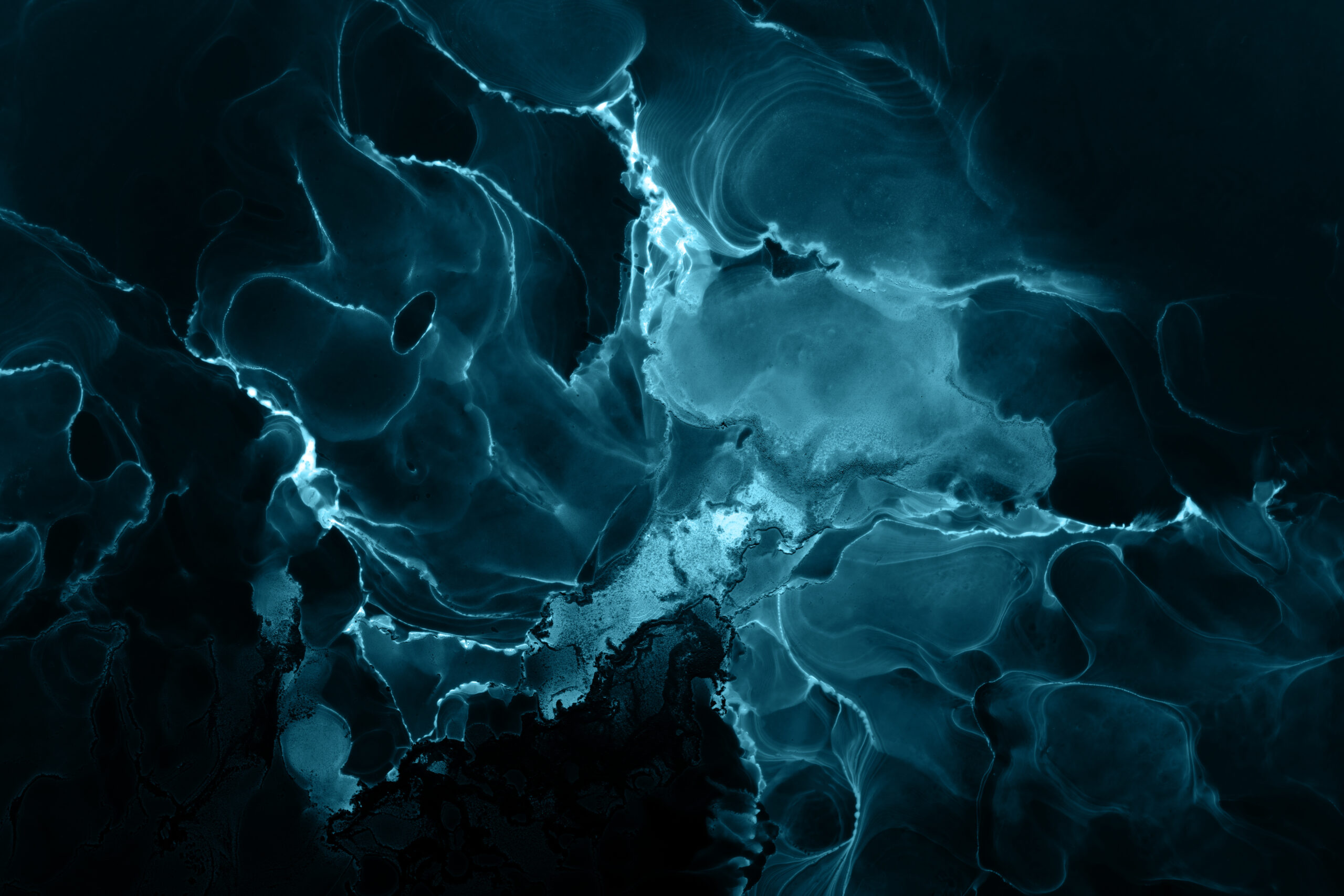There’s a certain sound that stays with you if you grow up near the ocean, not just the crash of waves or the cry of gulls, but the deep, echoing call of whales offshore. It’s not something you hear every day, but when you do, it stops you. It reminds you that the sea isn’t just water. It’s alive. It’s vast. It’s full of rhythm.
That rhythm; sometimes steady, sometimes unpredictable, has followed me through every chapter of my life. It’s shaped my approach to engineering, my fascination with systems, and, surprisingly to some, my poetry. For me, the ocean isn’t just a backdrop, it’s a muse, a model, and a mentor. It’s where my technical work and creative instincts meet.
Listening to the Water
I’ve always been a listener first. As a kid in Nova Scotia, I spent hours on the shore, listening—not just watching. I noticed how the water spoke differently depending on the tide, the wind, or the season. The patterns were never exactly the same, but they weren’t random either. There was structure. There was story.
Later, when I began studying engineering, I found those same rhythms in the math and physics of fluid dynamics. I could model the behavior of waves, simulate current flows, and build systems that responded to the unpredictability of water. It was technical, yes, but never without wonder. In every line of code, I still heard the sea.
When Poetry and Prototypes Overlap
It might surprise some people to know that I write poetry. I don’t do it for publication or performance. I do it because sometimes, numbers can’t carry the full weight of an idea. Sometimes, the beauty of a moment—a perfectly timed swell, a line of foam curving back into itself—needs fewer calculations and more metaphor.
I’ve written poems about sonar and storm surge, about fishing boats and fiber optics. I’ve written them on napkins between design meetings and in the margins of schematics. Some of them are only a few lines. Others stretch out like low tide.
The funny thing is, the process isn’t that different from designing a circuit or building a model. Both require precision. Both ask you to pay attention. Both deal with systems that are always in motion. And when I’m lucky, both lead to something I didn’t expect.
The Sea Teaches Complexity
The ocean is the most complex system I know, and I’ve worked in some complicated environments. You can study it for a lifetime and still be surprised. That’s humbling. And it’s also inspiring.
When I design technology whether it’s coastal sensors, adaptive user interfaces, or even water-responsive materials—I try to hold on to that same respect. I don’t want to control the ocean. I want to build in conversation with it. That means designing with flexibility, building in tolerance for unpredictability, and remembering that sometimes, the best thing you can do is listen before acting.
This philosophy has helped me in everything from product development to leadership. Not everything has to be rigid. Some systems are stronger when they bend.
Engineering With Feeling
For a long time, people saw engineering and the arts as opposites, logic versus emotion, science versus soul. I never bought that. Some of the best engineers I know are deeply creative. And some of the best artists I’ve met are fiercely methodical.
The most meaningful work I’ve done comes from blending those worlds from letting the poetry of a place guide the engineering solution, or letting a technical limitation become the spark for a creative idea.
In one project, I helped design wave-powered sensors that send back real-time ocean data. That tech came from hard science but the placement, the timing, even the form of the buoys were inspired by local stories, community needs, and the way the ocean feels. That matters.
Because when you care about where you build, and who you build for—you create something with soul.
Finding Meaning in the Middle
There’s a place between the charts and the chorus. Between the graph of a wave’s velocity and the silence that follows a whale’s call. That’s where I do my best thinking. It’s where I feel most at home.
To me, the ocean isn’t something to be conquered. It’s something to be in relationship with. And that’s true whether I’m holding a pencil, a soldering iron, or a pen.
So I’ll keep building systems that listen. I’ll keep writing verses about data and depth. I’ll keep learning from the water.
Because sometimes, what starts as a line of poetry ends as a breakthrough in design. And sometimes, what begins as a sensor on the sea becomes a story that changes the way we understand the world and ourselves.
And if all I ever do is help people hear the ocean a little more clearly, through code or through words, then I’ll know I’m on the right path.
